Keloid (overview) Images
Go to article Keloid (overview)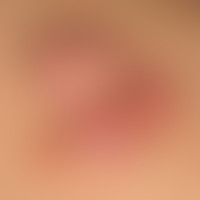
Keloids: bulbous conglomerates of solid, surface-smooth, skin-coloured and also reddish, broad-based, touch-sensitive lumps.

Chronically dynamic, in the last 6 months strongly increasing, at the left ear helix localized, plum-sized, coarse, smooth lump with clearly visible vascular drawing; this is a keloid after piercing in a 17-year-old adolescent.

22-year-old ethiopian woman who suffered injuries to the lower auricle and the earlobe due to tribal rituals. the painless giant keloid developed over a period of several years. no pre-treatment. no further treatment desired.

Keloid node. Chronic stationary clinical picture. Gigantic keloid node due to repeated ritual injuries to the earlobe.


Keloid: temporarily painful scar keloid that has existed for several months, following the excision of an epithelial cyst.

Numerous keloids and hypertrophic scars, after acne vulgaris has largely healed.


Keloids. since puberty known now healed acne vulgaris. for months development of these papular or nodular elevations of the skin.

Keloids and skin-coloured, hypertrophic scars after healed acne vulgaris.
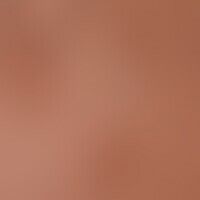
Keloids in dark skin: Training on pre-existing folliculitis.


Keloid. chronically stationary, acne-typically distributed clinical picture. multiple, in the area of the seborrhoeic zones of the trunk localized, irregularly distributed, 0.3-1.5 cm large, skin-coloured, flatly elevated, smooth papules and plaques of moderately firm consistency.

Keloid. chronically stationary clinical picture. multiple, linear, skin-coloured smooth plaques that appear in the area of a tattoo and follow the given pattern.

Keloids. Apparently spontaneous keloids. No recurrent trauma. No history of acne vulgaris.

Keloids: Flat, smooth-surfaced, firm, red nodules, increased vascular drawing. In this clinical picture a dermatofibrosarcoma protuberans can be excluded by differential diagnosis.
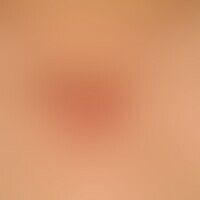
Keloid, up to 6.5 cm in width and 3.5 cm in height, scar keloid in a 55-year-old man, which appears clearly rough and erythematous and is accompanied by itching.

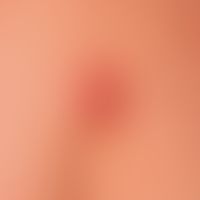
A few months old, still growing keloid after a banal injury.
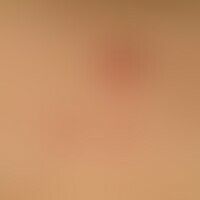

Unusually large keloid that appeared after a flesh wound, otherwise banal wounds healed keloid-free.

keloid. large, brown to brown-red, very rough, smooth nodes with a jagged edge structure. not painful to the touch, with significant pressure considerable pain. postoperative condition after excision of several acne nodes in the sternal region.
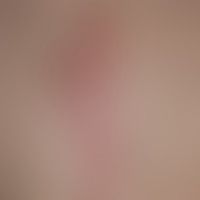
Keloid: discontinuous, bulging, prominent, livid-red elevations extending beyond the actual scar area in the area of a surgical scar.

Keloid:large, brown to brown-red, very coarse, stripy, smooth knot with a sharp edge structure; not painful to the touch; considerable pressure when touched lightly; condition after cutting.

Keloid: discontinuous, bulbous, prominent, livid-red elevations not extending beyond the scar area in the area of the sternotomy scar in a 64-year-old man, 6 years after bypass surgery. Furthermore, in the lower pole of the scar there are two folds of approx. 5 cm length running transversely to the scar. In the area of the lower scar strand, partly lighter parts, partly depressions of the prominent bulbous scar parts, partly strictures are visible.

Keloid. Large-area keloid formation after facial burns.
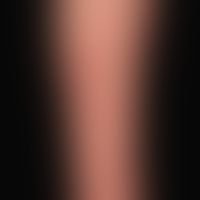
Keloid formation in artificial scars (artefacts).
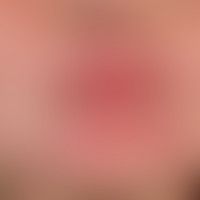
Keloid. Developed after cosmetic surgery to tighten facial skin.